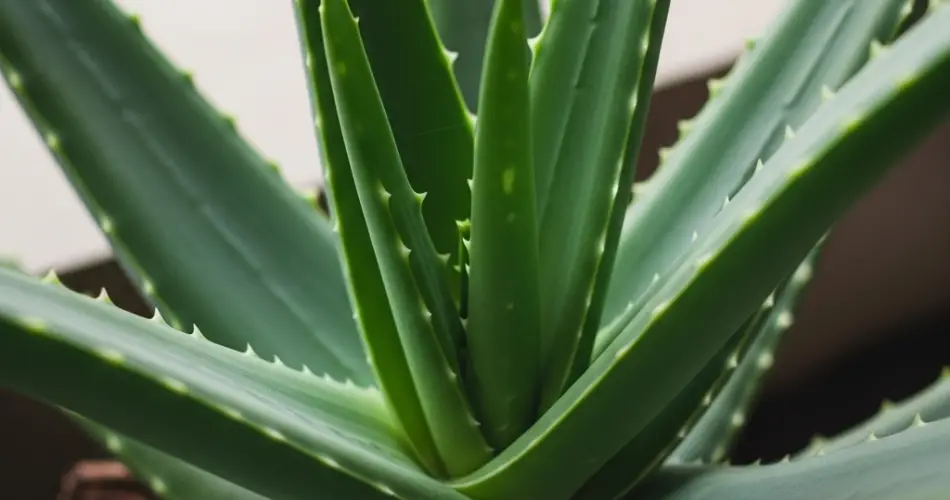Aloe vera is one of the most popular and recognizable succulent plants, known for its healing gel and minimal care requirements. Its thick, fleshy leaves make it a favorite for windowsills and indoor gardens. However, while aloe is praised for being low maintenance, one common question among plant owners is: Can aloe vera survive in low light?
The short answer is yes, but not for long—and certainly not at its best. Aloe vera can tolerate low light for short periods, but it thrives in bright, indirect sunlight. If you’re considering placing your aloe in a dim corner or a windowless room, here’s what you need to know to keep it healthy and happy.
Understanding Aloe Vera’s Light Needs
Aloe vera is native to arid, sunny climates, particularly regions in Africa and the Arabian Peninsula. As a succulent, it’s naturally adapted to bright, dry environments with full sun exposure for much of the day. In the wild, aloe plants bask in direct sunlight and flourish in well-draining, sandy soil.
Indoors, aloe still requires a good amount of light to grow strong and maintain its iconic shape and color. It performs best with at least 6 to 8 hours of bright, indirect light daily.
What Happens If Aloe Vera Doesn’t Get Enough Light?
If you place your aloe in a spot with too little light—like a dim hallway, north-facing room with little sunlight, or a windowless bathroom—it may survive for a while, but it won’t thrive. Prolonged low-light conditions lead to several visible issues:
1. Stretching or Legginess (Etiolation)
When deprived of light, aloe vera starts stretching toward the nearest light source. This results in tall, thin, leggy growth and a weakened structure.
2. Pale or Faded Leaves
A healthy aloe has vibrant green or green-gray leaves. In low light, leaves may turn pale, yellowish, or dull, signaling poor chlorophyll production.
3. Soft or Droopy Leaves
Aloe’s thick, plump leaves store water. Without sufficient light, the plant can’t properly photosynthesize and loses its firmness, leading to drooping or mushy leaves.
4. Slow or No Growth
Aloe vera already grows relatively slowly, but low light can stall its growth entirely. New leaves may stop forming, or the plant may shrink in size.
Can Aloe Vera Recover From Low Light?
Yes—if caught early. Moving your aloe back to a brighter location and giving it the right conditions can help it bounce back. Here’s how:
-
Relocate the plant to a sunnier windowsill—preferably a south- or west-facing window.
-
If you don’t have good natural light, consider using a grow light for a few hours each day.
-
Trim any dead or severely stretched leaves to redirect the plant’s energy toward new, healthy growth.
-
Resume normal watering and care routines, making sure the soil dries out between waterings.
Best Indoor Spots for Aloe Vera
To ensure your aloe thrives, aim to place it in one of the following locations:
-
South-facing window: Bright, all-day light is ideal.
-
East-facing window: Good morning light without intense afternoon sun.
-
Sunroom or bright kitchen: These rooms often get a lot of ambient sunlight.
-
Bright bathroom (with windows): Aloe enjoys the occasional humidity boost, as long as the light is strong.
Avoid placing your aloe in areas that are shaded for most of the day, like deep interior corners, bookshelves far from windows, or windowless rooms.
Using Artificial Light
If you don’t have access to sufficient natural light, a grow light is an excellent alternative. Look for full-spectrum LED grow lights that mimic natural sunlight. Set them on a timer for 12–14 hours per day to ensure the aloe gets the energy it needs.
Additional Aloe Vera Care Tips
Even with the right light, aloe vera requires proper overall care to stay healthy:
-
Watering: Let the soil dry out completely between waterings. Overwatering is a common issue, especially in low light, where the plant uses water more slowly.
-
Soil: Use a well-draining cactus or succulent mix. Avoid dense, moisture-retentive potting soil.
-
Temperature: Aloe prefers temperatures between 60–80°F (16–27°C).
-
Potting: Choose a pot with drainage holes to prevent water buildup at the roots.
Final Thoughts
Aloe vera is tough and forgiving, but light is one thing it can’t live without for long. While it might survive in low-light conditions temporarily, it won’t thrive or maintain its health over time. For the best results, give your aloe as much bright, indirect sunlight as possible. With the right placement and care, your aloe vera will stay strong, vibrant, and ready to provide fresh gel when you need it.



